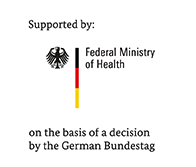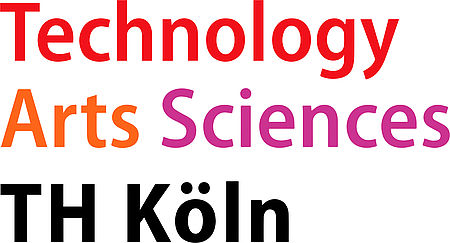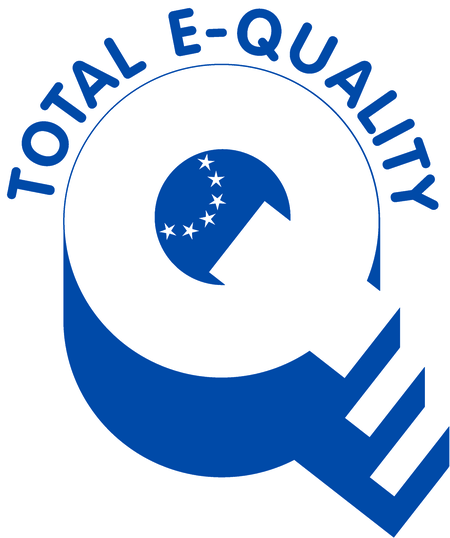Conference details
Preclinical Biological Evaluation of Medical Devices for Interaction
Help Desk
helpdesk@xtalks.com
4169776555
This biocompatibility assessment includes various endpoints, among which a certain number are focused on the potential effect on blood - also known as hemocompatibility.
Even within the cardiovascular field, the type of blood contact may vary from non-contact, indirect, external communicating with direct contact, or for implanted devices. Official guideline documents such as ISO 10993-4, provide direction for deciding whether testing for interaction with blood is necessary. Complex phenomenon such as the hemostasis can be best monitored in-vivo, with the device used the way it is intended. When testing is performed in-vitro, an appropriate model or system should be used that simulates closely enough the clinical situation, so that these pre-clinical results possess enough predictive value. The appropriate choice of controls, as well a clear identification of the test article, (or the part(s) thereof), is also critical as part of a proper strategy to allow smooth regulatory review such as 510K or CE mark.
Both in-vitro and in-vivo models can be used for this purpose, each being set up with the goal of mimicking clinical application and allowing assessment of the proper end-point.
Whether the blood contact is direct or indirect, each device needs to be considered for their hemocompatibility, such as hemolysis, thrombosis, platelet activation, hematology and complement activation.
This webinar will present various aspects of hemocompatibility testing: selection of tests, identification of what devices need to be tested and what part of the device needs testing. It will also cover some technical details about how the various tests function: chemically and mechanically induced hemolysis, pro-coagulant effect, effect on platelets and leukocytes, and activation of the complement.
Price: Free
evvnt - Single Submission Event Marketing - powered by www.evvnt.com - @evvnt #evvntPlatform












